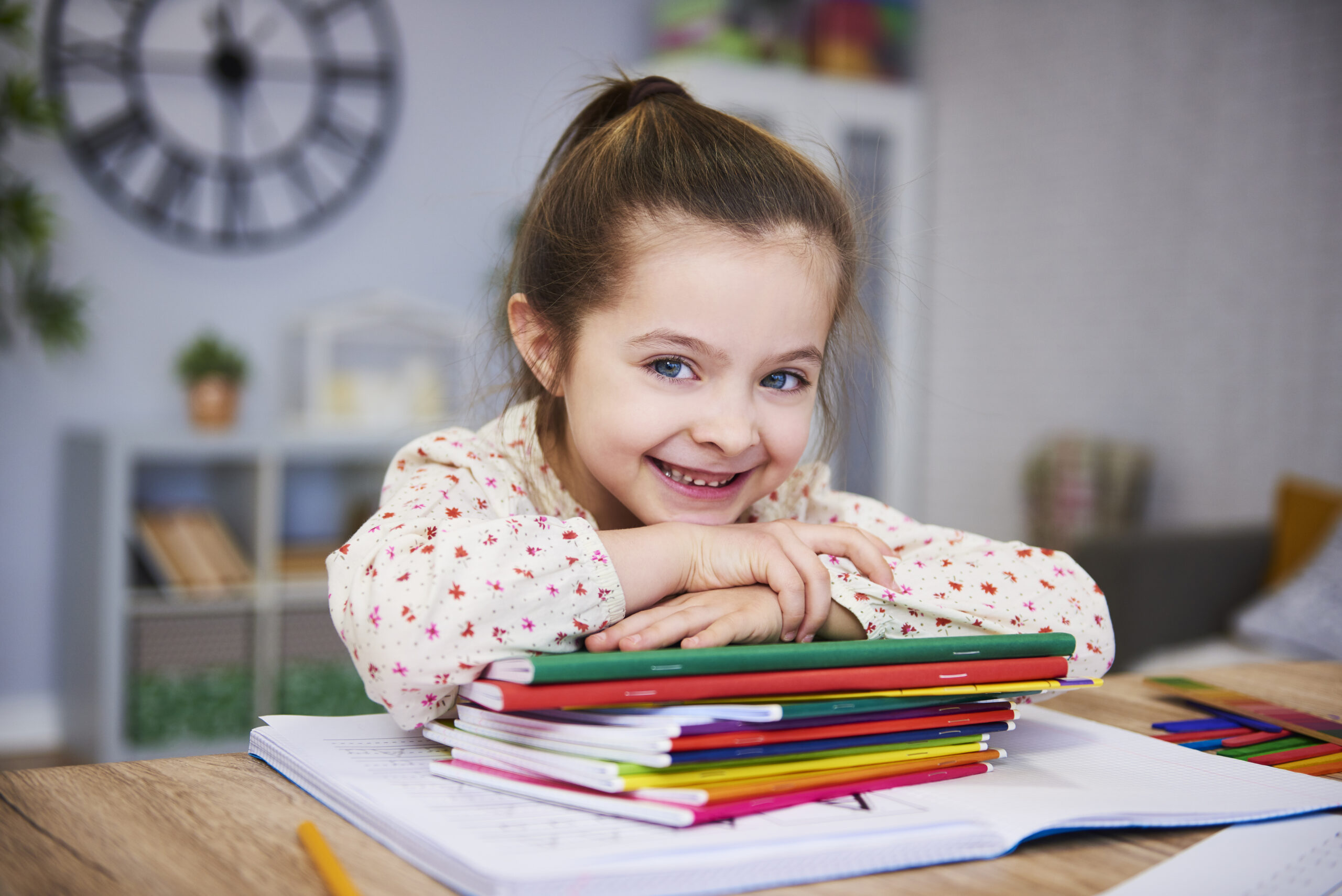Early childhood education is most impactful when it aligns with the way young children naturally learn—through curiosity, play, and hands-on exploration. Rather than relying on rigid lesson plans or preset themes, emergent curriculum adapts to children’s interests and developmental stages. It evolves in real time, shaped through observation, inquiry, and collaboration.
A Huntsville preschool that embraces emergent curriculum takes a responsive, child-driven approach to learning. This method fosters deep engagement, emotional connection, and academic readiness that is meaningful. Families exploring early education options can benefit from understanding how this flexible framework nurtures the whole child.
Rooted in Curiosity: Learning That Begins With the Child
Preschoolers are natural researchers. They ask questions, test ideas, and observe everything around them. Emergent curriculum capitalizes on this innate curiosity rather than directing it into narrow learning outcomes. When a group of children becomes fascinated with shadows, bugs, or building towers, that interest becomes the foundation for study.
In a Huntsville preschool setting that follows emergent methods, teachers closely observe children’s play, conversations, and interactions to identify themes worth exploring. Rather than introducing unrelated weekly topics, they follow the threads of children’s thinking. The result is a curriculum that feels relevant, personal, and engaging.
This responsiveness helps children feel seen and heard. When their ideas shape the classroom experience, they gain confidence, ownership, and a deeper connection to the learning process.
The Role of the Teacher as Co-Learner and Researcher
Educators in an emergent curriculum setting do not direct instruction in a traditional sense. Instead, they facilitate learning by guiding, documenting, and extending children’s interests. Teachers act as researchers, paying close attention to behavior, language, and group dynamics. These observations inform planning and help shape rich learning experiences.
Rather than preparing scripted activities, educators prepare the environment. Materials are selected based on what children are investigating, offering new ways to explore or represent their ideas. Teachers pose open-ended questions and invite reflection, sparking deeper inquiry and thought.
Professional judgment and flexibility are essential in this role. Educators must be ready to shift direction, pause a project to investigate a new question, or revisit earlier topics based on evolving interests. This ongoing cycle of observation, reflection, and planning enables highly individualized and meaningful learning experiences.
Building Academic Skills Through Real-World Context
While emergent curriculum may seem informal at first glance, it supports academic development in intentional and measurable ways. Literacy, numeracy, science, and critical thinking are woven into children’s daily investigations. The difference lies in how and when they are introduced—within meaningful context rather than in isolation.
A study on transportation, sparked by children’s fascination with toy cars, may lead to charting data (math), labeling road signs (literacy), and constructing ramps to test speed (physics). Because children are invested in the topic, they engage more deeply with the associated academic skills.
This approach mirrors how knowledge is used in the real world—integrated across subjects and applied in problem-solving situations. It also respects the fact that young children learn best through concrete experiences and emotional engagement, not through memorization or abstract drills.
A Flexible Environment That Encourages Expression
The learning environment in an emergent classroom is dynamic and intentionally designed. Areas for dramatic play, art, construction, sensory exploration, and quiet reflection are always accessible. Materials are rotated based on current interests, and children have the freedom to choose how and where they work.
Natural elements, open-ended materials, and child-created displays make the space feel alive and responsive. Children use the environment to represent their thoughts through drawing, building, movement, and storytelling. Multiple forms of expression are honored, allowing learners to communicate ideas in the ways that feel most authentic.
Classroom routines also reflect this flexibility. Rather than rigid schedules, time is set aside for deep engagement with projects, peer collaboration, and revisiting earlier experiences. The classroom becomes a living curriculum, constantly evolving and reshaping itself through exploration.
Supporting Social and Emotional Development Through Collaboration
Emergent curriculum emphasizes relationships between children, teachers, and ideas. Group investigations foster communication, teamwork, and empathy. Children learn to listen to each other, take turns, negotiate decisions, and contribute to shared goals.
Because projects often unfold over days or weeks, they create opportunities for perseverance and reflection. Children learn to revisit their thinking, adapt plans, and solve challenges together. These social experiences build emotional intelligence and resilience, skills just as critical as academic knowledge.
Teachers model respect, curiosity, and collaboration, setting a tone for positive classroom culture. Conflicts are viewed as learning opportunities, and emotional expression is encouraged. This respectful environment supports the development of trust, independence, and community.
Valuing Process Over Product in Meaningful Learning
In an emergent classroom, success is not defined by a correct answer or a polished end product. Instead, emphasis is placed on the learning process—what children wonder, how they investigate, and how their thinking evolves. Documentation captures this process through photos, transcripts, sketches, and teacher notes.
These records are shared with children and families, encouraging reflection and discussion. Children revisit their ideas, draw connections, and propose new directions. This cyclical learning model fosters metacognition and builds confidence in one’s ability to learn and grow.
Teachers use documentation not only as a record but also as a planning tool. It informs future experiences and ensures the curriculum remains relevant and responsive to children’s evolving interests.

